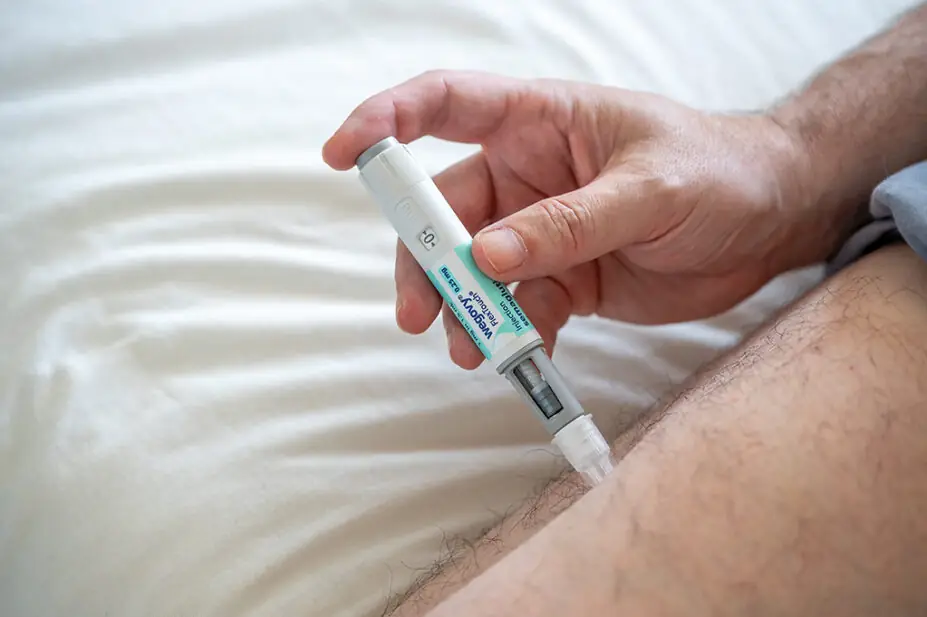
Shutterstock.com
Patients with type 2 diabetes mellitus (T2DM) will gain easier access to sodium–glucose co-transporter-2 (SGLT-2) inhibitors and glucagon-like peptide-1 (GLP-1) receptor agonists under new draft guidance from the National Institute for Health and Care Excellence (NICE).
On 20 August 2025, NICE said the new recommendations mark the “biggest shake-up in type 2 diabetes care in a decade” and a move away from a “one-size-fits-all” model towards personalised treatment.
The changes also align with the NHS ten-year plan to prioritise prevention, it added.
For the first time, SGLT-2 inhibitors — such as canagliflozin, dapagliflozin, empagliflozin and ertugliflozin — will be considered first-choice treatments and offered alongside metformin at diagnosis, even where patients have no significant comorbidities.
According to current NICE guidelines, patients who are not at risk of cardiovascular disease should start on metformin only.
Under the new draft guidance, patients unable to take metformin will be offered an SGLT-2 inhibitor instead, while GLP-1 receptor agonists, including semaglutide, could be introduced at an earlier stage in the treatment pathway.
Early-onset T2DM patients may be treated with a combination of metformin and an SGLT-2 inhibitor, with the option to also add a GLP-1 receptor agonist.
The guidance highlights the dual value of these medicines, recommending them “as much for their cardiovascular benefits as for their glycaemic benefits”.
NICE also stressed that the update should tackle underprescribing, citing real-world evidence that women, older people and Black or Black British individuals are less likely to receive SGLT-2 inhibitors.
Waqaar Shah, chair of the NICE guideline committee, said: “We know that SGLT-2 inhibitors are currently under-prescribed, and our health economics analysis shows that people living in the most deprived areas would particularly benefit from universal access to these treatments.
“These recommendations could help reduce health inequalities while providing better outcomes for everyone.”
Philip Newland-Jones, consultant pharmacist in diabetes and endocrinology at University Hospital Southampton NHS Foundation Trust, said the renewed focus on early and intensive treatment was “highly encouraging,” particularly for those diagnosed with T2DM before the age of 40 years.
“Expanded access to SGLT-2 inhibitors is also a very positive step; however, continued efforts will be needed to promote their appropriate use through education and reassurance, as a considerable gap remains between the number of patients currently prescribed an SGLT-2 inhibitor and those who should be receiving this therapy according to established guidelines,” he added.
“Placing greater emphasis on the earlier use of both SGLT-2 inhibitors and GLP-1 receptor agonists aims to slow the progression of T2DM, while also addressing cardiovascular risk and reducing comorbidities alongside the traditional focus on glucose lowering.”
Hannah Beba, consultant pharmacist for diabetes at West Yorkshire Health and Care Partnership, said earlier use of these drugs was already established in international guidance.
“This update from NICE will free us to align with our international colleagues already adopting this evidence-based practice. Thousands of poor outcomes for people living with diabetes will be prevented,” she added.
Douglas Twenefour, head of clinical at Diabetes UK, described the announcement as “long-awaited”, adding that “boosting access to newer treatments will be transformative for people with T2DM, while ensuring the UK keeps pace with the global momentum in treating the condition”.
“These guidelines could go a long way to easing the burden of living with this relentless condition, as well as helping to address inequities in T2DM treatments and outcomes,” he said.
Diabetes UK data show that 4.6 million people have been diagnosed with diabetes — 90% of whom live with T2DM.


